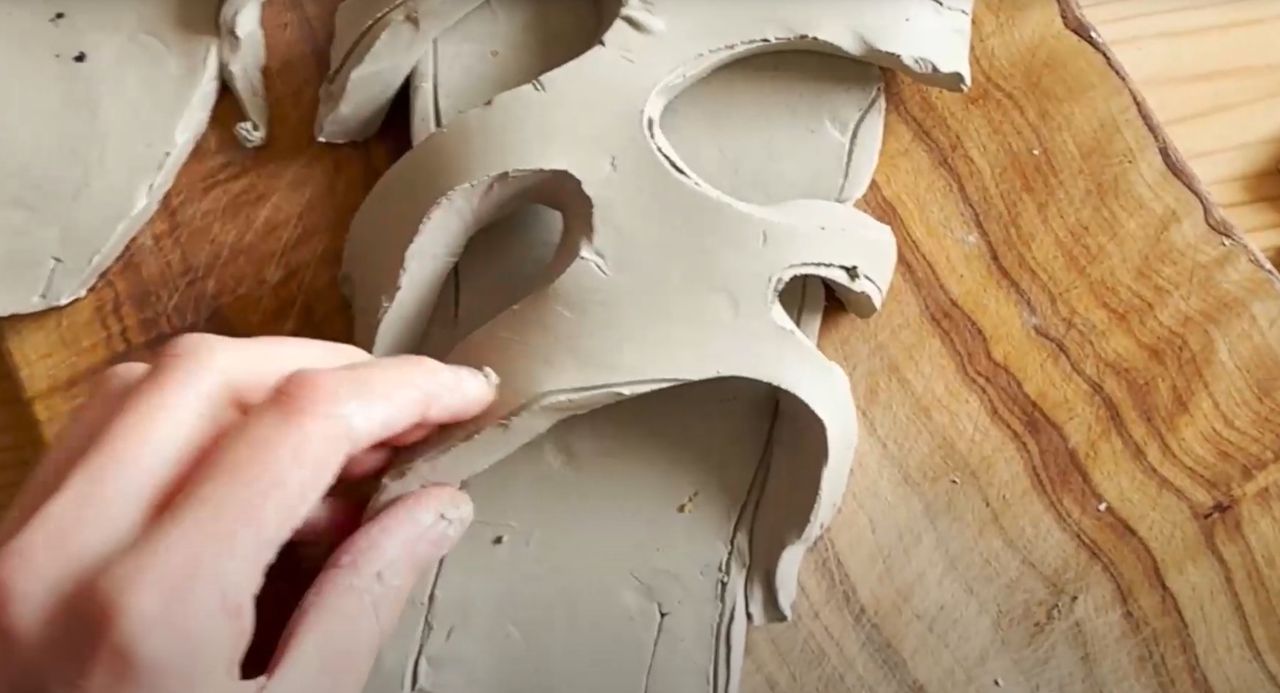
This week’s selection is the “ROOTS” concept slide by Kitty Shukman.
UK-based footwear designer Shukman had an inspiration while walking barefoot through a forest that resulted in a rather interested 3D printed shoe she calls “ROOTS”.
The shoe is actually a slide, which, if you’re not familiar, is similar to a flip flop but there is no post separating the big toe. They simply “slide on”.
In this short video Shukman explains that she was in the forest and noticed how moss and other forest elements would creep up over her feet. This inspired her to design a new slide that embodies the concept of wrapping the natural world around your feet.
Shukman partnered with Balena Science on the project. They are a new company dedicated to the design of fully circular materials. Those are materials that are sustainable in that they can be either recycled or biodegrade leaving no traces in the environment.
The material used for the ROOTS project was their BioCir thermoplastic. It’s quite an impressive material, as Balena Science describes:
“BioCir™ is Balena’s first developed material. Flexible and fully compostable thermoplastic material,it reduces toxic, fossil fuel-based materials used in the fashion and footwear industries. By modifying and binding natural, easily scalable ingredients with biodegradable polymers, BioCir™ is an injectable, soft, and durable material that can be used for 3D printing using filaments, or in pallets for mass production injection molding. Products made of BioCir™ reach their end of life responsibly by breaking down to carbon dioxide, water, and other naturally occurring minerals that seamlessly biodegrade, avoiding the pollution of earth and seas. Allowing for the completion of a fully circular process required for a sustainable future.”

Shukman worked first in clay, and then proceeded to get a 3D model created for the unusual design.

This was then 3D printed on a Prusa 3D printer using the Balena Science material.
The result is a very unusual pair of slides that will serve the wearer well during and after their use.
Via Instagram and Balena Science
